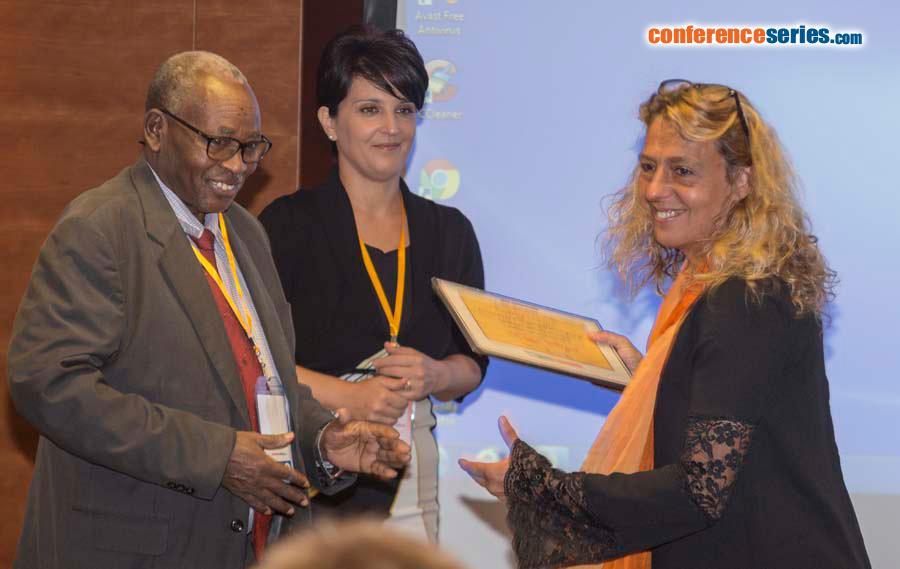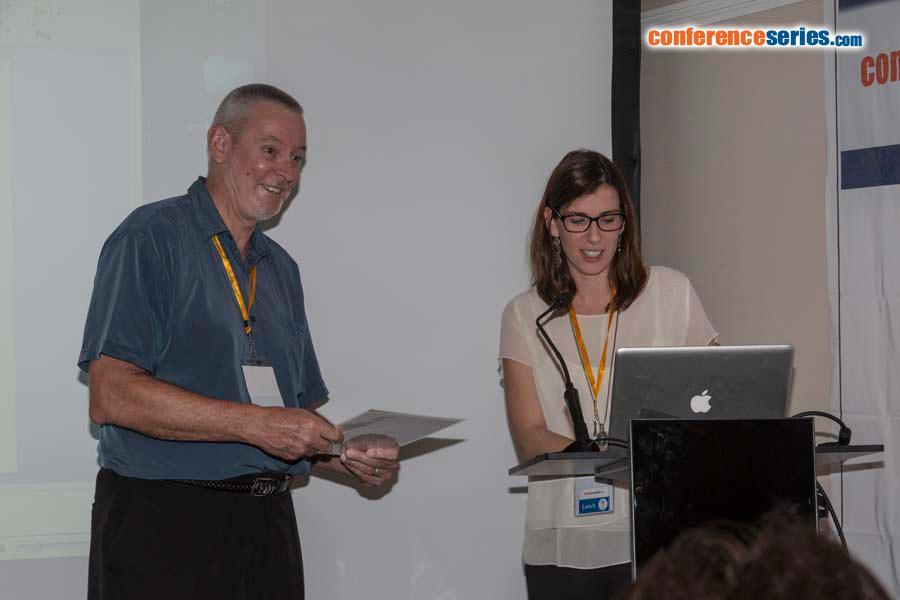
Angela Martins
Lusófona University School of Veterinary Medicine, Portugal
Title: Functional neurorehabilitation in dogs with cervical neurologic lesion
Biography
Biography: Angela Martins
Abstract
Neurologic lesions in dogs may have countless causes and can occur, for example, in cervical region. Two different motor systems can be affected and, either one, can seriously compromise the animal’s autonomy. In both cases, functional neurorehabilitation has been included in these cases treatment plan. In the present master dissertation, we aimed to evaluate how the success in the rehabilitation of these animals can be influenced by the dog’s characteristics, the disease, the type of treatment and the time elapsed between the initial lesion and the start of the functional neurorehabilitation. A clinical study was performed, with 22 dogs with diagnosed cervical neurologic lesion. Conservative or surgical treatment was performed and the dogs were subjected to a functional neurorehabilitation protocol, elaborated at the Centro de Reabilitação Animal da Arrábida, where the type of lesion, patient characteristics, deficits presented at the entrance and exit from the Center and time elapsed between the lesion and the entrance and the exit of the Center, were evaluated. There were no significant differences between the affected motor systems and the deficits presented or recovery time. Still, the type of treatment was related with etiology, where, generally, congenital and traumatic cases have been submitted to conservative treatment, while surgical treatment was mostly performed in degenerative and multifactorial cases. In concerning to deficits at the entrance of the Center and the type of treatment, surgical management was mostly applied in non-ambulatory tetraparesic patients, while conservative management was mostly performed in tetraplegic dogs or with other neurologic deficits. We conclude that functional neurorehabilitation had a primary role in this patient’s recovery, allowing 72.8% returning to functionality and regain autonomy, avoiding a more radical outcome.





